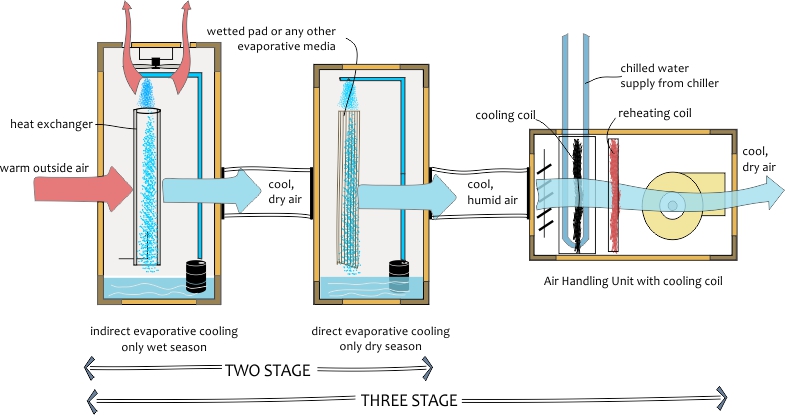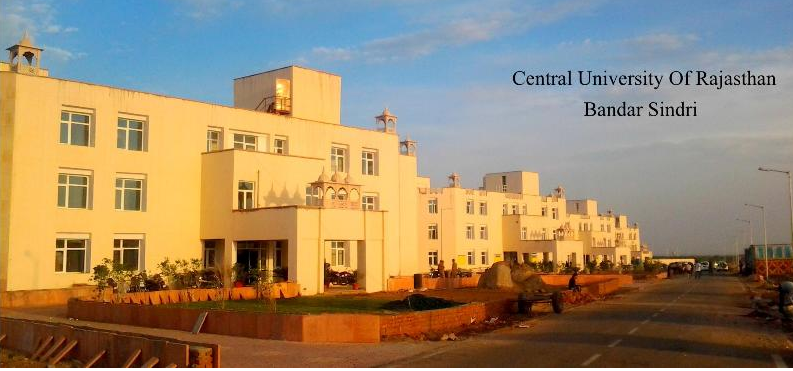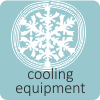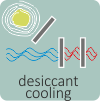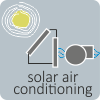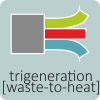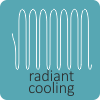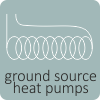Evaporative cooling is a mechanism traditionally used to provide thermal comfort in hot and dry regions. The mechanism involves sensible and latent cooling of air with water. Direct evaporative cooling is most effective when the outside condition is dry and below the desired conditions. Indirect evaporative system is used during the seasons when little or no humidification is required i.e. when outside air humidity is within a comfortable range. Fresh filtered air is made to pass through a dry section of the system to cool the air through sensible heat transfer. Stage wise evaporative cooling systems can be either two stage or three stage.
- Two stage evaporative cooling systems (direct + indirect) – the direct system could be functional during the dry season, when humidification of air is required, and indirect system can be used when air primarily needs to be cooled.
- Three stage evaporative cooling system (direct + indirect + cooling coil) consists of direct and indirect evaporative cooling together with conventional cooling coil. The addition of cooling coils (chilled water or refrigerants) is helpful in monsoon season when the humidity level is high and dehumidification is required. Fresh air passed through the coils controls both sensible and latent heat requirements. The coils are also useful in winter season when some heating is also required.
The drawback of the two stage system is the high humidity level of the supply air. Over a period of time indirect evaporative cooling systems which provide sensible cooling of the air without humidification have emerged in the market.
Table:Advantages and disadvantages of evaporative cooling systems
| Pros | Cons |
| Can be added to existing chilled water systems at low costs | Needs high purity water to prevent the build-up of salts |
| Reduces use of HFC refrigerants | Requires periodic maintenance |
| Reduces energy costs significantly |

